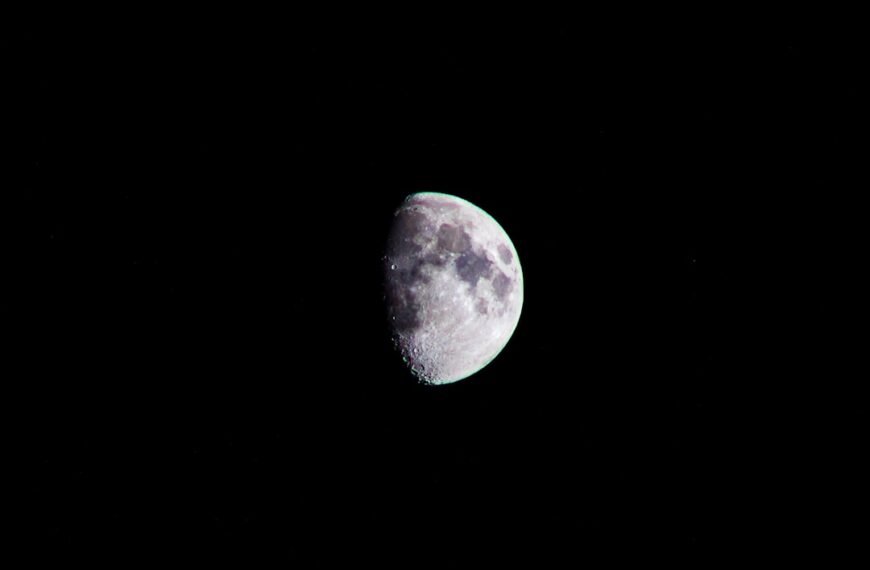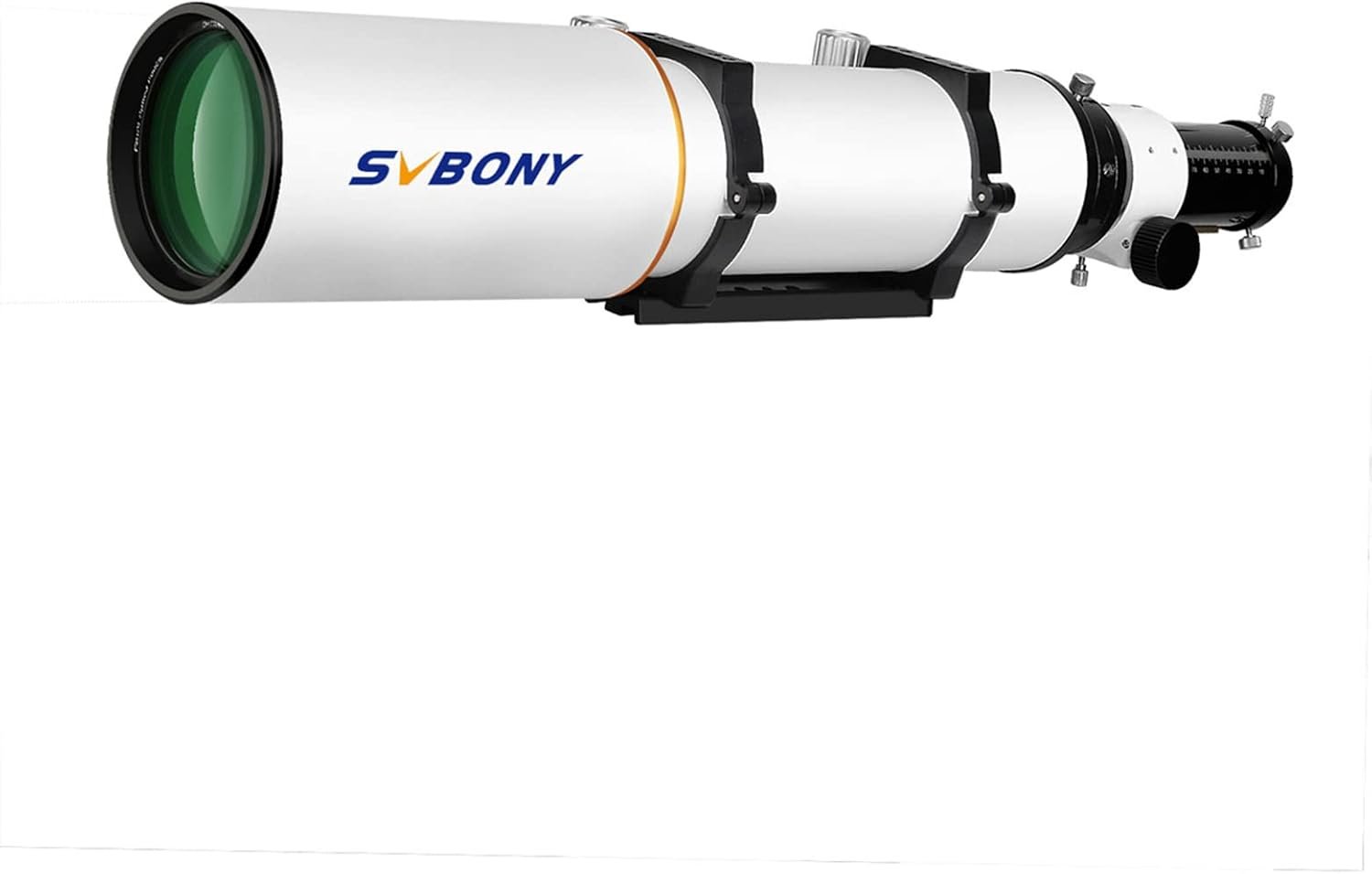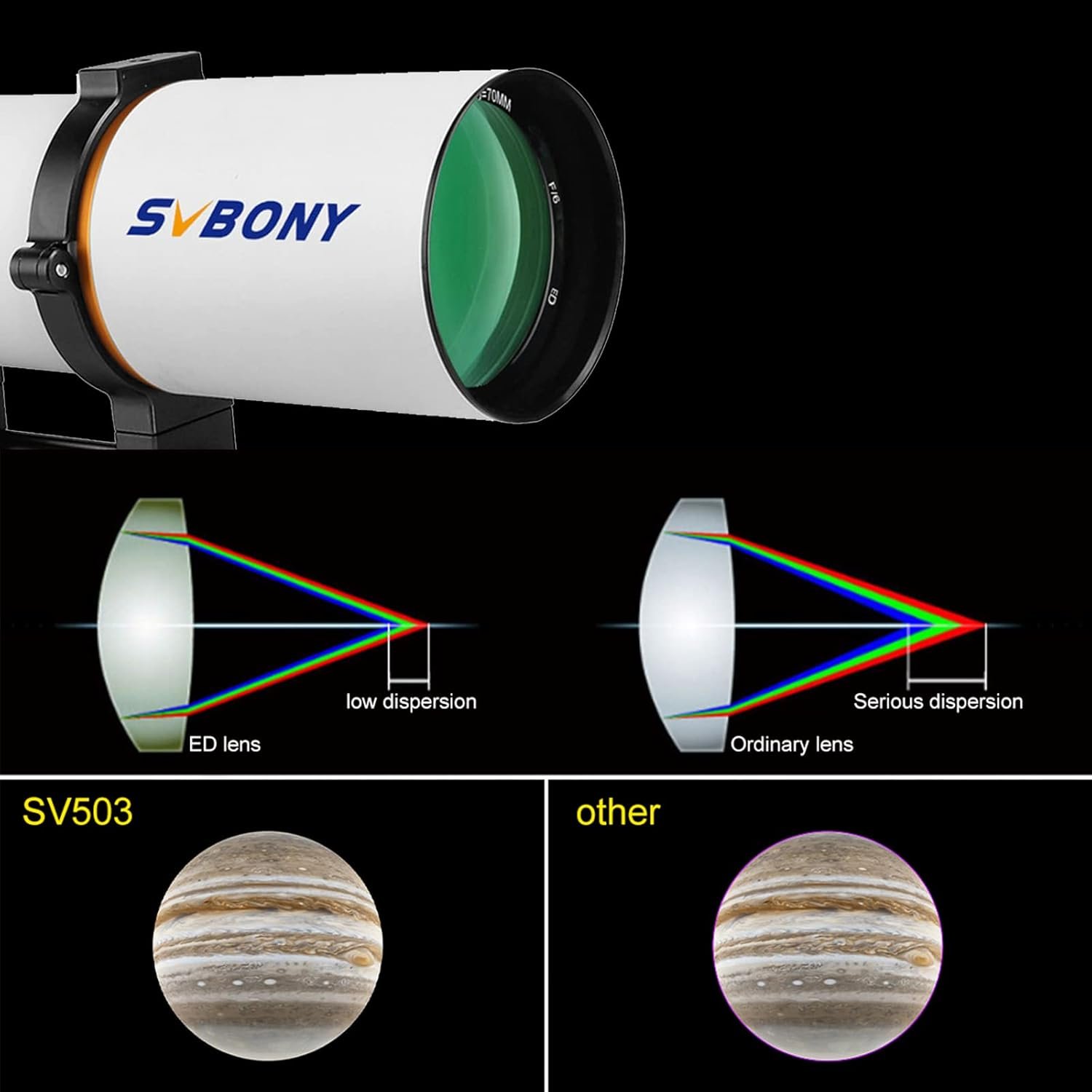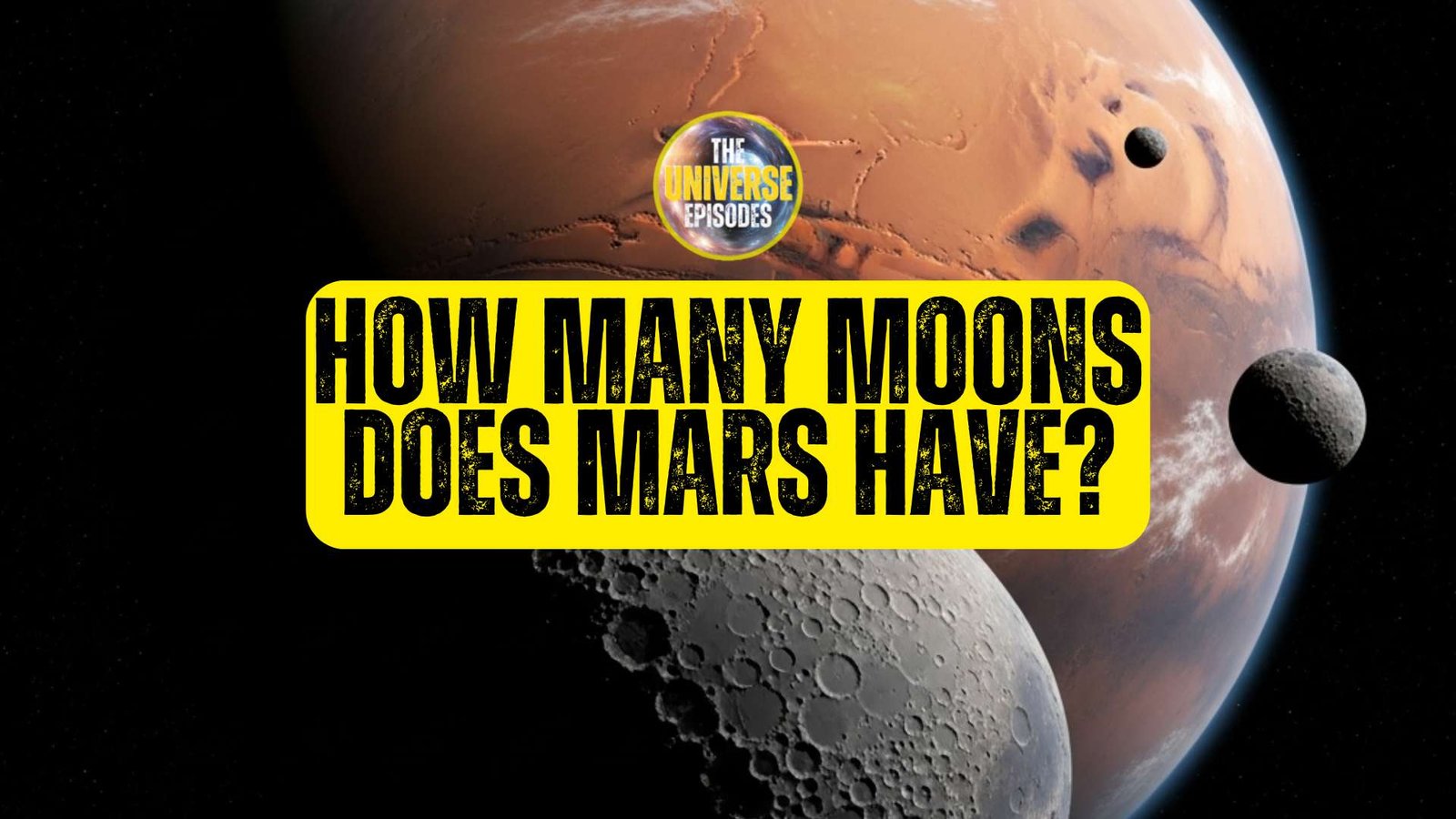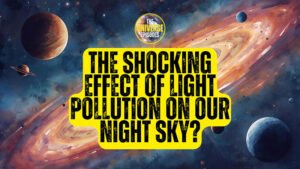✅ Key Takeaways
- Water in space undergoes both boiling and freezing, but in a precise order driven by thermodynamics.
- First, it boils violently due to the vacuum of space—this is called flash boiling or explosive ebullition.
- Then it freezes rapidly as evaporative cooling removes internal heat.
- Finally, it sublimates slowly (turns directly from ice to vapor) depending on solar exposure.
- This isn’t a simple “freeze or evaporate” question—it’s a multi-stage phase transition governed by pressure, temperature, and solar radiation.
🚀 Introduction | Why This Question Matters
If you’ve ever wondered what would happen if you took a glass of water and poured it into the vacuum of space, you’re not alone. It’s one of the most popular “what if” science questions on the internet—and for good reason. On Earth, water behaves in familiar ways: it freezes at 0°C and boils at 100°C. But in space, the rules change completely.
In this deep-dive, we’ll explore what actually happens when water is exposed to the conditions of outer space—and why the answer isn’t simply “freeze” or “evaporate,” but a complex sequence that involves explosive boiling, rapid freezing, and slow sublimation.
🌌 Understanding the Space Environment

1.1 The Vacuum of Space: Why Pressure Matters
- Earth’s atmospheric pressure at sea level is ~101,325 Pa (1 atm).
- In low Earth orbit or interplanetary space, pressure drops to near zero (~10⁻⁹ Pa or less).
- Boiling isn’t caused by heat alone—it happens when vapor pressure exceeds ambient pressure.
💡 At room temperature (20°C), water has a vapor pressure of ~2,340 Pa. In the vacuum of space, this is thousands of times greater than the ambient pressure, causing instantaneous boiling.
1.2 Kinetic vs Radiative Temperatures
- The temperature of space is often misunderstood. Kinetic temperatures in high-energy plasma can reach thousands of degrees, but you won’t feel it.
- Heat transfer in space happens almost exclusively through radiation, not conduction or convection.
- Deep space has a background temperature of 2.7K (~ -270°C) due to the cosmic microwave background.
👉 An object in shadow will radiate its heat away and cool rapidly, regardless of how “hot” the plasma around it is.
1.3 The Role of the Sun: Direct vs Shadowed Space
- In sunlight, surfaces can reach +121°C (like the ISS sun-facing side).
- In shadow, surfaces plunge to -157°C or lower.
- This solar exposure becomes critical after the initial boiling and freezing steps.
🔬 The Phase Diagram of Water

2.1 What Is a Phase Diagram?
A phase diagram plots temperature vs pressure to show whether water exists as a solid, liquid, or gas.
Key phase boundaries:
- Fusion Curve: separates solid from liquid
- Vaporization Curve: separates liquid from gas
- Sublimation Curve: separates solid from gas
2.2 Why the Triple Point Matters
- Water’s triple point: 0.01°C and 611.657 Pa
- Below this pressure, liquid water cannot exist
- In space, the pressure is millions of times lower than the triple point
👉 So, the moment water is exposed to space, it is forced out of the liquid phase and must become either gas or solid.
💥 Stage 1: Explosive Boiling (Flash Ebullition)
3.1 Vapor Pressure vs Vacuum
- Room-temp water has enough vapor pressure to explode in vacuum.
- Boiling isn’t gentle—it’s a violent decompression event.
- Surface tension normally holds water together, but in microgravity, the liquid fragments into tiny droplets.
👨🚀 Astronauts have observed this with waste fluids—they vaporize instantly when ejected from spacecraft.
3.2 What Is Flash Boiling?
- Happens when a liquid enters a pressure environment far below its vapor pressure.
- The entire surface flashes to vapor simultaneously.
- The result? A rapidly expanding cloud of tiny droplets with massive surface area.
🧊 Stage 2: Catastrophic Evaporative Cooling → Freezing
4.1 Boiling Needs Energy
- Latent heat of vaporization for water is ~2,270 kJ/kg
- There’s no external energy source in space, so the heat comes from within the water itself
- High-energy (hot) molecules leave → average kinetic energy drops → temperature plummets
4.2 Self-Cooling Chain Reaction
- Every gram of vaporized water cools the remaining liquid by ~100°C per 5.4g left behind
- Once temperature drops to 0°C, the water begins to freeze
- Evaporative cooling continues even as freezing starts, driving a chaotic phase overlap
4.3 Reaching the Triple Point: Boiling + Freezing Together
- Water passes through the triple point conditions
- Liquid is boiling and freezing simultaneously
- Typically, ~30% of water evaporates, and ~70% freezes
✅ This is the real answer: Boil → Freeze → Sublimate
❄️ Stage 3: Sublimation – The Final Fade

5.1 What Happens to the Frozen Water?
- Water ends as fine ice crystals, not a solid block
- Ice can’t melt (no liquid phase possible at such low pressure)
- Instead, it sublimates—solid → gas
5.2 Ice Cloud Behavior: Shadow vs Sunlight
| Condition | Effect on Ice Cloud |
|---|---|
| In Shadow | Sublimation is extremely slow; ice could last billions of years |
| In Sunlight | Absorbs heat → rapid sublimation, like a comet tail |
🧊 This is why comets form tails: solar heat causes surface ices to sublimate rapidly.
⚙️ Variables That Can Alter the Process
6.1 Solar Illumination
- In sunlight: eventual sublimation is fast
- In shadow: ice becomes nearly permanent
6.2 Volume and Temperature
- Large water masses cool slower
- Hotter water evaporates more before freezing
6.3 The Leidenfrost Effect in Space
- If water hits a hot surface (e.g., spacecraft hull), it may levitate on a vapor layer instead of touching the surface
- This counterintuitively slows down heat transfer and allows droplets to boil, then freeze while hovering
❓ Frequently Asked Questions (FAQ)
Can water exist as a liquid in space?
No. Space pressure is far below water’s triple point. Liquid water is thermodynamically unstable and will instantly boil or freeze.
How fast does water boil in space?
Instantly. The pressure imbalance causes flash boiling in milliseconds, forming a cloud of vapor and ice.
Will the water freeze if it’s in sunlight?
Yes, at first. The evaporative cooling is so powerful that it overrides solar heating—until the ice forms, then sunlight speeds up sublimation.
Has this been observed in real life?
Yes. Astronauts have reported that dumped water or urine instantly turns into vapor and “snow-like” crystals in orbit.
Is the final state permanent?
Depends. In shadow, ice persists for eons. In sunlight, the ice sublimates and disappears relatively quickly.
🔗 Citations & Scientific Sources
| Citation | Description |
|---|---|
| NASA / Space Environment | Space vacuum, ISS temperature ranges, thermal control design (FAA, Wikipedia) |
| NIST | Precise thermophysical properties of water: triple point, density, enthalpy, etc. (NIST WebBook, Wikipedia) |
| Peer-Reviewed Vacuum Behavior | Experimental studies of water under vacuum conditions (ACS Publications) |
| ESA Thermal Control | Overview of thermal regulation in missions and spacecraft hardware (European Space Agency) |
| Triple Point Thermodynamics | Scientific basis and numeric value of water’s triple point (Wikipedia, PMC) |







